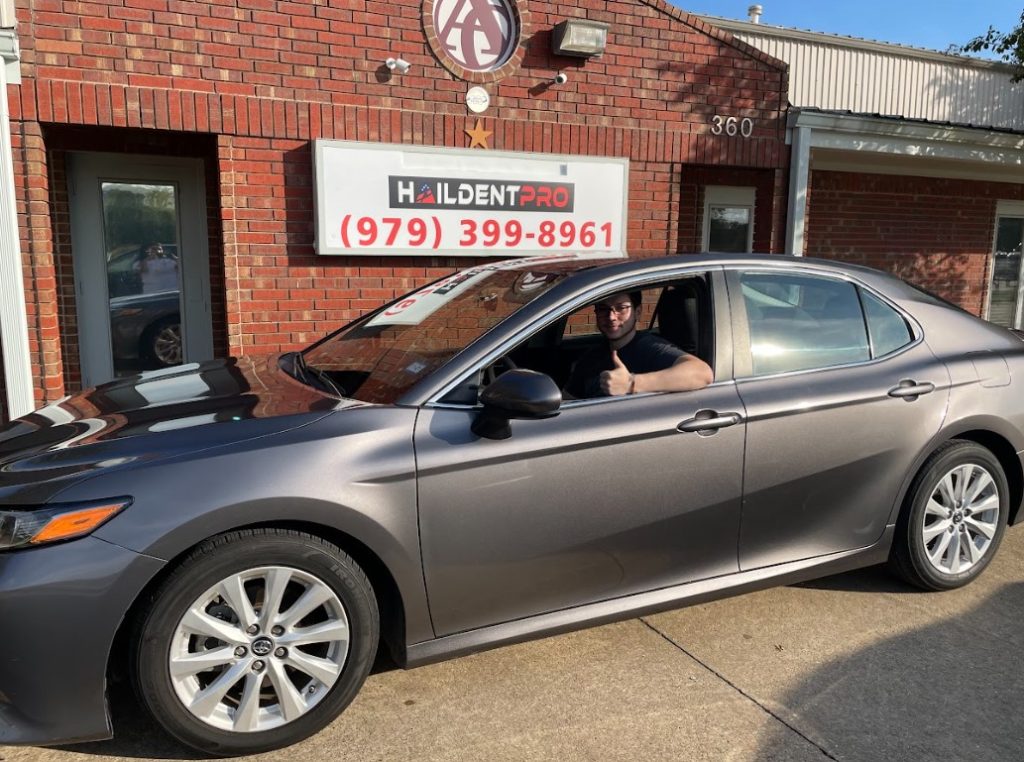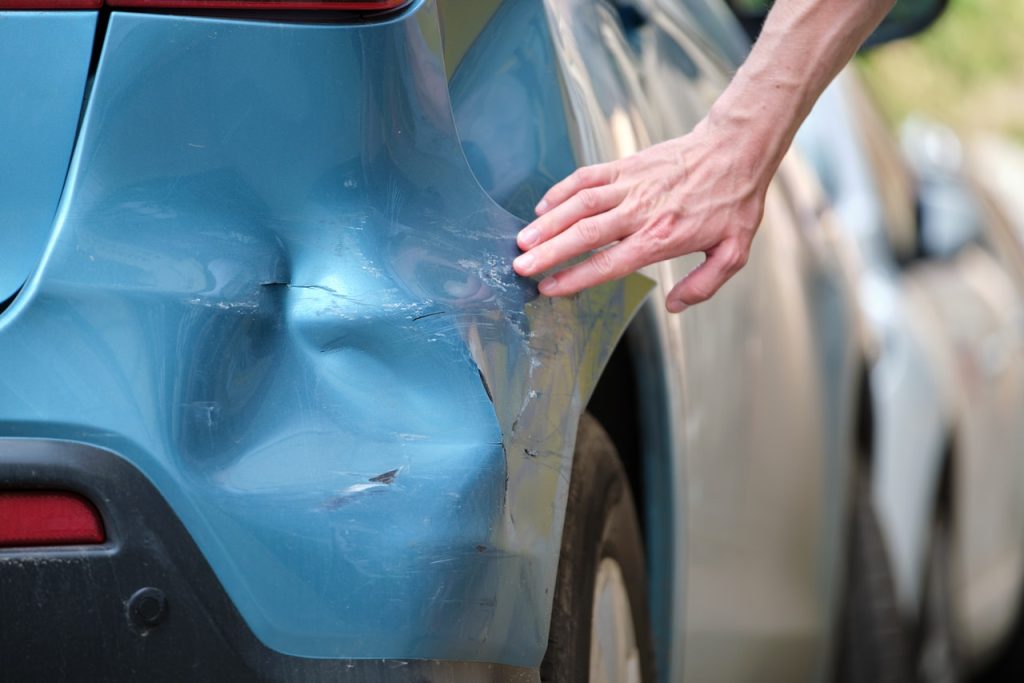DIY vs. Professional Auto Hail Damage Repair: What You Need to Know
Auto hail damage can be frustrating and costly to repair, especially after a severe storm hits. Whether you’re facing minor dents or significant damage, deciding between tackling repairs yourself or hiring a professional can significantly impact the outcome. Here’s what you need to know to make an informed decision:
Understanding Auto Hail Damage
Hailstorms can cause varying degrees of damage to vehicles, from small dings to large dents that affect the vehicle’s appearance and value. The severity of the damage often determines the repair method needed.
DIY Auto Hail Damage Repair
Pros:
Cost-Effective: DIY repairs can save money on labor costs, especially for minor dents that don’t require extensive expertise.
Convenience: You can work on repairs at your own pace and schedule without relying on a repair shop’s availability.
Learning Experience: It can be a rewarding experience to learn basic auto body repair skills and gain confidence in maintaining your vehicle.
Cons:
Skill Requirements: Effective dent removal requires specific tools and techniques. Without experience, DIY repairs can result in further damage or an unsatisfactory finish.
Time-Consuming: Fixing hail damage can be time-intensive, especially for larger dents. DIY projects may take longer than anticipated.
Limited Warranty: DIY repairs typically lack warranties or guarantees, leaving you responsible for any issues that arise later.
Professional Auto Hail Damage Repair
Pros:
Expertise and Equipment: Professional repair shops have trained technicians with specialized tools and techniques to effectively repair hail damage.
Quality Results: Professionals can often restore your vehicle to its pre-damaged condition, maintaining its appearance and resale value.
Insurance Assistance: Many auto body shops work directly with insurance companies, simplifying the claims process and ensuring repairs are covered.
Cons:
Cost: Professional repairs can be more expensive than DIY options, particularly for extensive damage or if insurance coverage is limited.
Dependence on Shop Availability: Scheduling repairs may depend on the shop’s workload and availability, potentially delaying the repair process.
Less Control Over Repairs: While professionals aim for quality results, you may have less direct control over the repair process compared to DIY.
Making the Right Choice
Considerations:
Extent of Damage: Evaluate the severity and type of damage to determine if DIY methods are feasible or if professional expertise is necessary.
Skill Level: Assess your comfort level and experience with auto body repairs. Complex or structural damage may require professional attention.
Time and Convenience: Balancing the time commitment and convenience of DIY repairs versus the speed and assurance of professional services.
Insurance Coverage: Review your insurance policy to understand coverage limits and requirements for repairs, which may influence your decision.
Ultimately, the choice between DIY and professional auto hail damage repair hinges on factors like damage severity, personal skills, time availability, and budget. While DIY repairs can be cost-effective and educational for minor dents, professional services offer expertise, quality assurance, and streamlined insurance processes for more significant damage. Assess your priorities and needs carefully to make the best decision for restoring your vehicle after hail damage.



